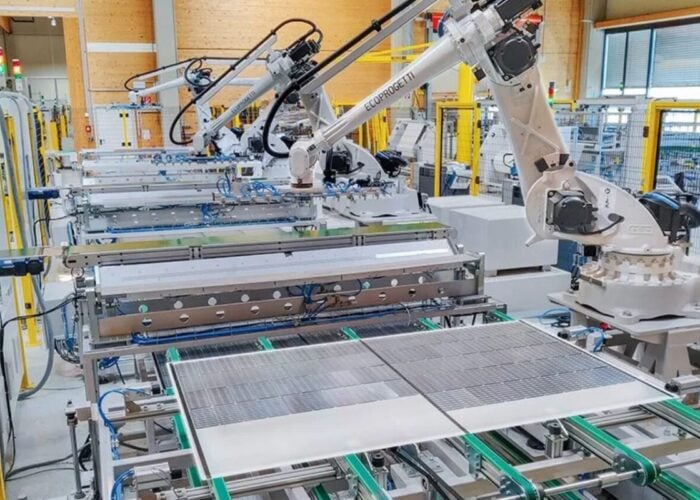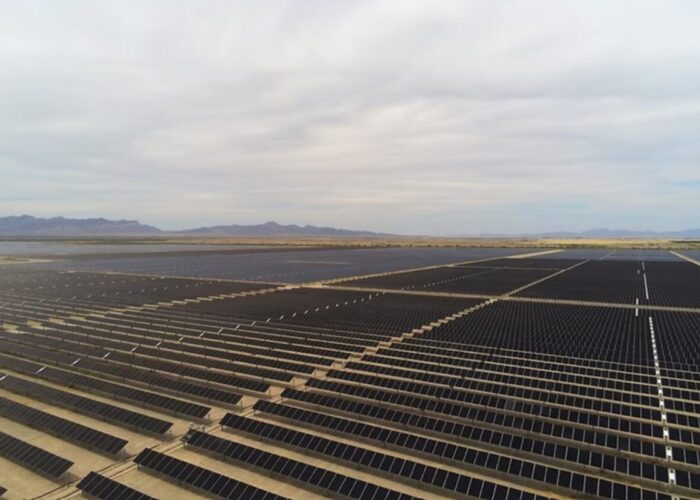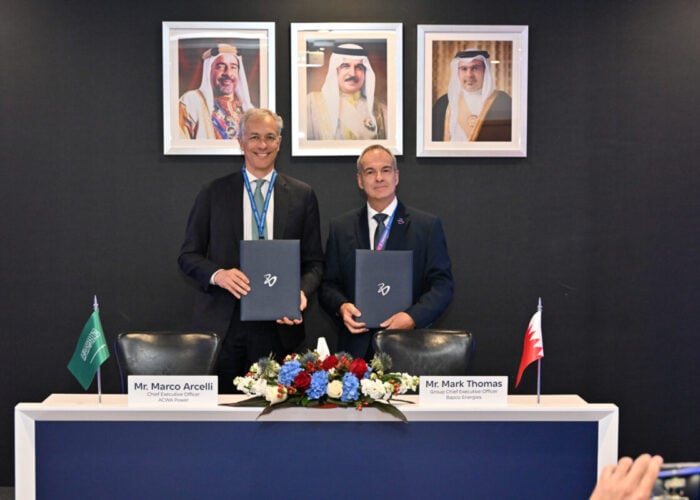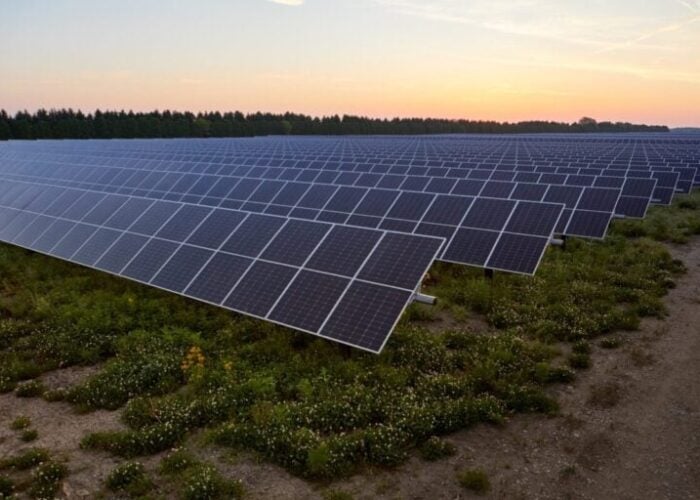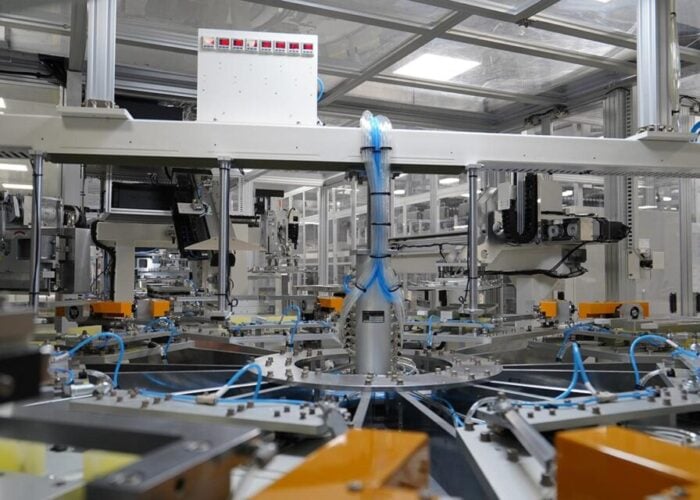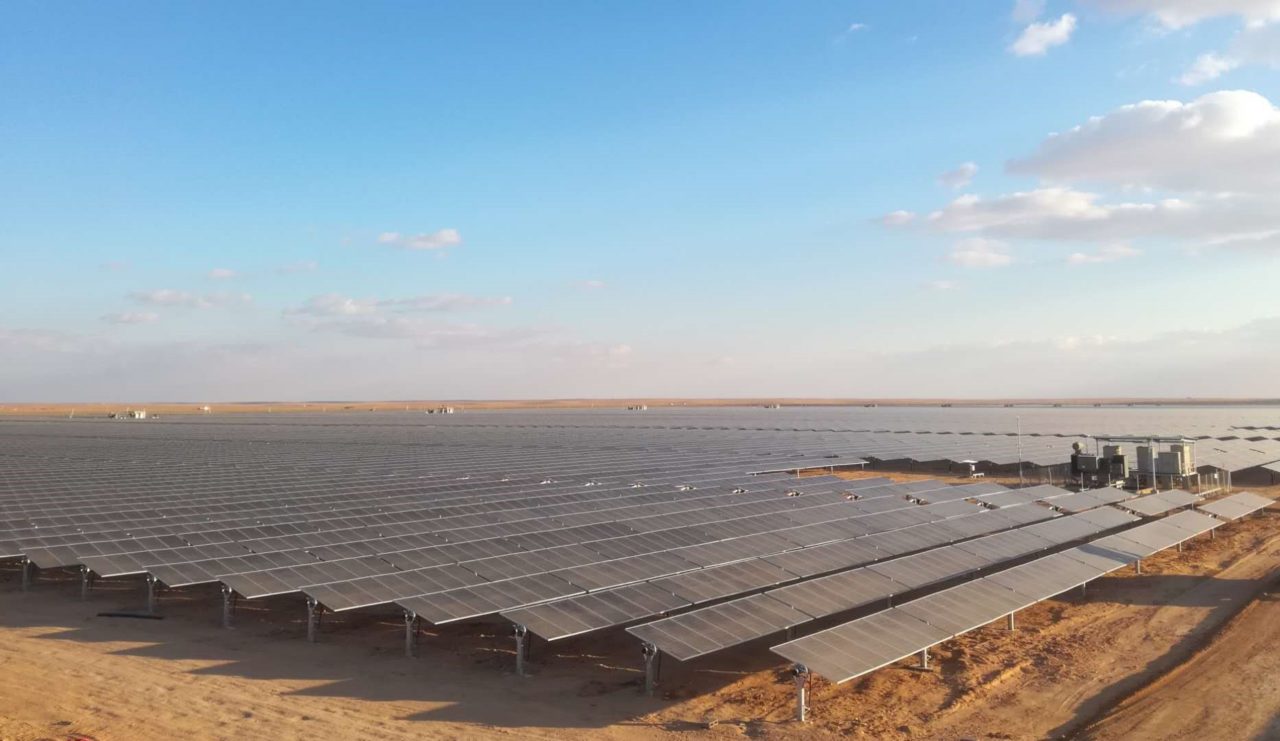
This is the first story of a two-part series charting the expansion of top Chinese solar players into the Middle Eastern market. Part two will come out on Wednesday 11 March 2020.
The Middle East, with its exceptional strategic location, is historically known as the hub between the global east and west.
Try Premium for just $1
- Full premium access for the first month at only $1
- Converts to an annual rate after 30 days unless cancelled
- Cancel anytime during the trial period
Premium Benefits
- Expert industry analysis and interviews
- Digital access to PV Tech Power journal
- Exclusive event discounts
Or get the full Premium subscription right away
Or continue reading this article for free
Cumulative PV installations in the region reached 2GW in 2018 and further rose to 4GW in H1 2019, attracting attention from around the world to the local PV markets.
The momentum extends to the United Arab Emirates (UAE), which set a regional record as it linked 1.17GW of PV to the grid in a single quarter. Across the border in Saudi Arabia, the first utility-scale PV project (300MW) is now complete and the state is eyeing a renewable target of 58GW by 2030, with plans to become one of the world’s top five PV markets by that year. Oman, Bahrain, Kuwait and others are also launching large-scale PV projects.
As downstream solar growth beckons, the extensive lack of PV manufacturing in these countries makes projects heavily reliant on imports for modules, inverters and key components.
From Jinko Solar to LONGi, Huawei, Sungrow and Jolywood, established Chinese companies are stepping in to fill that gap. New entrants are fighting to secure a foothold in the Middle Eastern solar sector, while early-movers are already enjoying the opportunities in these rapidly changing markets.
Jolywood bets on N-type bifacial to win 105MWac Oman contract
In Oman not long ago, Jolywood supplied 105MWac of N-type high efficiency bifacial modules to a PV power plant. The project owner is Japan’s Marubeni Corporation, with construction contracted to a major EPC firm from India.
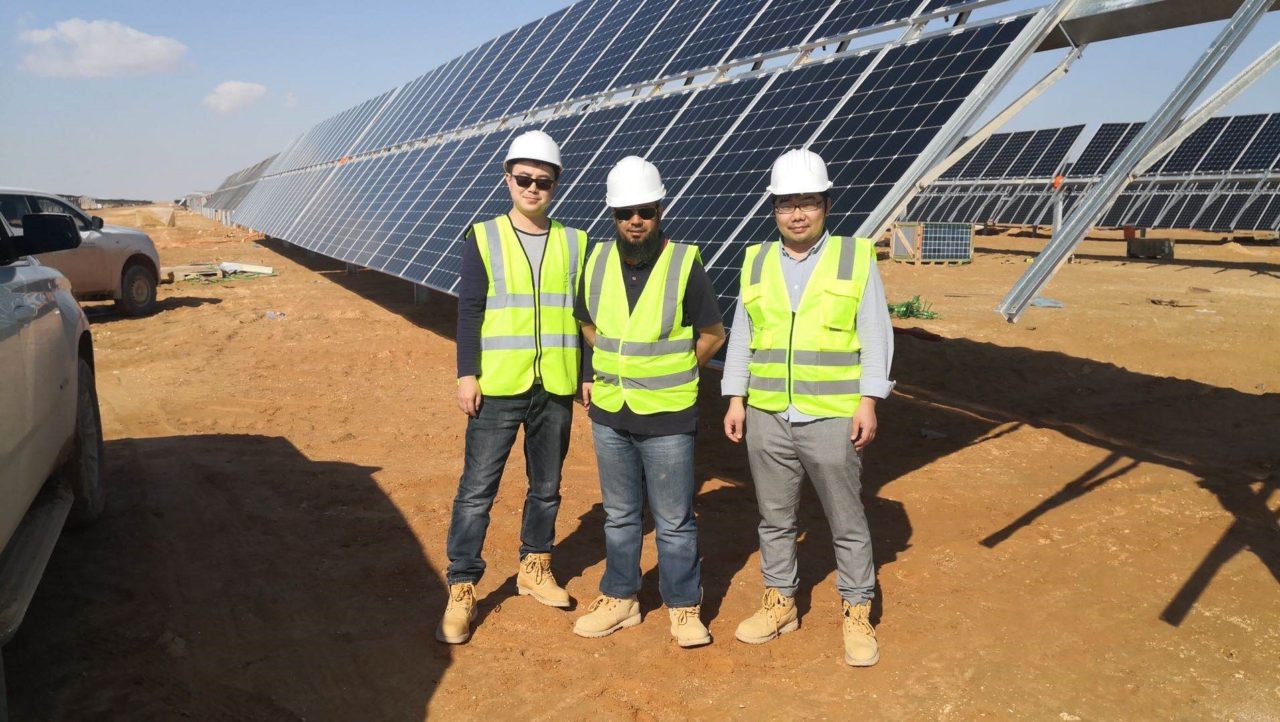
Bearing a distinctly Middle Eastern touch, this mega project was jointly developed by power firms, consortia and professional EPC companies from around the world. Exclusively powered by Jolywood modules, the project is considered to be the largest single N-type PV power plant in the world.
“This is a project completed by companies from three countries and this is also our first project in the Middle East. The owner, Marubeni Corporation, is responsible for overall project management, construction and O&M outsourcing, the EPC company is tasked with project execution and Jolywood is acting as the module supplier,” Zhipeng Liu, Jolywood’s Middle East head, explained to PV Tech.
“The projects here are mostly large-scale installations of over 100MW, with quite a few smaller ones. It is very exciting to do business here – either you get a mega project or nothing at all,” Liu told this publication.
According to him, it took around seven to eight months – from the tender launch to the awarding of the final EPC contract – for Jolywood to be selected as the module supplier. The company was not the sponsor's initial choice, however.
“As a matter of fact, we took over the project halfway,” Liu explained. “Our customers were evaluating the technical proposal of another company when we stepped in. Endorsing the value of the N-type module, they voted for us at the last minute.”
He admitted that the owner and the EPC company were initially cautious about using N-type modules. After all, there was no precedent for an N-type module being rolled out for such a large single overseas project. Both organisations, highly familiar with the PV industry, carried out extensive research into Jolywood as well as the N-type module.
Jolywood has, following China’s ‘Belt and Road’ initiative, provided strong support to the project, with a view to opening up the Middle East market via a global-facing demonstration site. According to Liu, the region’s solar tenders tend to subject project information and documents to public scrutiny. The plant owners are largely European, Japanese and local power companies; the single customer group sets the scene for fierce competition, however.
Liu attributed Jolywood’s success to various reasons, remarking: “First of all, Jolywood is already on the owner’s shortlist. Advantages in technology are the very reason for us to be selected as the final winner, instead of an alternative vendor. The N-type bifacial module is a critical factor in our success.”
“The Middle East markets are subject to severe competition. What the power plants need are specific designs capable of offering unique solutions. The two customers have been visionary in choosing Jolywood. We have provided them with substantial empirical data proving the superiority of N-type,” Liu went on to say.
According to him, Jolywood’s new N-type modules feature high output on both sides, low degradation and a low temperature coefficient, making it particularly well suited to the Middle East’s hot climate. “As a result, our customers have been willing to give it a try and this investment decision has subsequently proven to be a good choice,” Liu added.
Navigating a region of top PV resource and megaprojects
As Jolywood ambitions to win more projects following its debut, Liu remains highly optimistic about PV market prospects in the Middle East.
He pointed at the region’s excellent irradiation and high temperatures, describing both as “ideal” for PV developments. He also cited the fact that local energy and power firms are either in transition or developing new businesses; together with hydro companies with a clean power purchase obligation, this lays the groundwork for quotas to be allocated to renewable projects.
Compared to similar projects in India and China, the large scale of Middle Eastern PV plays has helped them secure favourable funding, drawing in a host of international players.
The UAE and Saudi Arabia aside, other Gulf Cooperation Council (GCC) members – from Bahrain to Kuwait and Oman – are currently deploying over 6.7GW of tendered projects, split between schemes in progress (3.1GW), under construction (1.6GW) and under planning (2GW).
Non-GCC alliance members including Lebanon, Iraq and Jordan are also acting to set up and launch their own bidding schemes for solar expansion. The installation of a sizeable number of tendered projects could see gigawatts of PV connected to the grid in this area, with annual volumes of 5GW possible between 2019 and 2021.
“PV projects here are tendered out by government agencies,” Liu noted. “You are not allowed to proceed with the awarded project all by yourself. When the developer or the general EPC contractor is screened out, one or several suppliers will also be selected from the supplier shortlist.”
Liu concluded by describing Jolywood as currently “very competitive” in the Middle East, remarking: “In the past, Jolywood was the one actively seeking cooperation, but now we are an invited bidder for many projects. It says a lot about market recognition of our technical solutions.”

